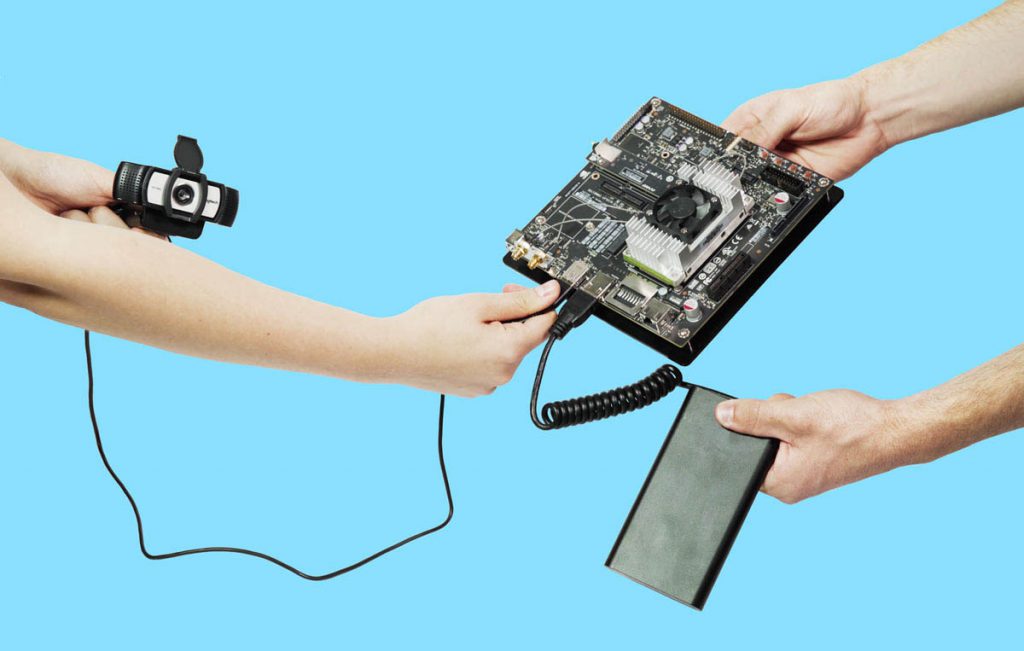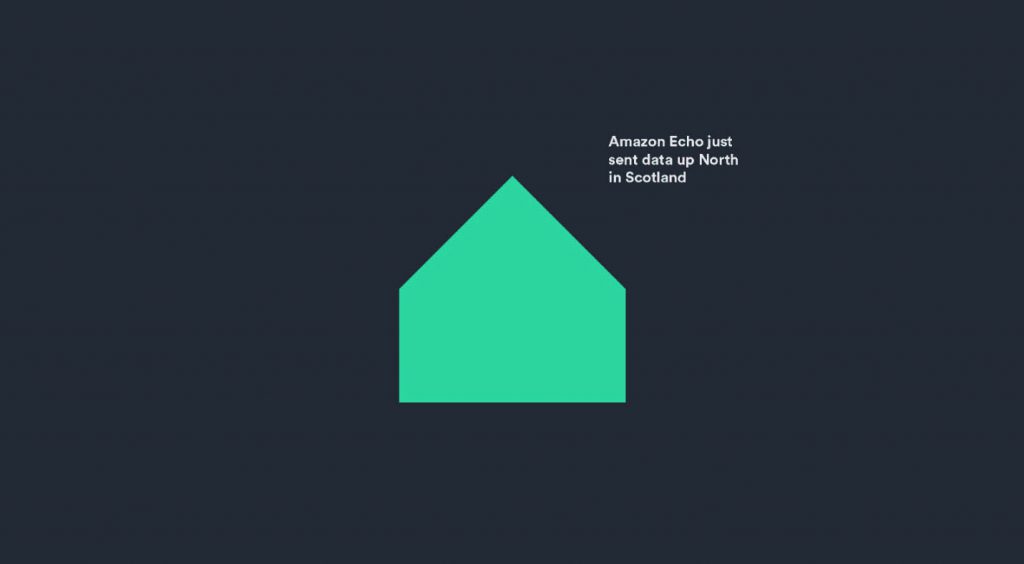‘Quantified self’ has been around for a while now. The myriad of fitness trackers that line the shelves (including the one you lost in the last load of washing) is a testament to the excitement and lost opportunities in this field. In this post, I’d like to explore two very different projects that examine the pervasiveness of data mining in our daily lives, and expand the scope from simply looking at self to looking at the wider world.
As a demonstration of how much the technologies have advanced since the first Fitbit, ‘quantification’ can now be done with computer vision as demonstrated by the OpenDataCam project.
Basically, the OpenDataCam project allows you to quantify things via a video feed. Are you an urban planner who needs to count cars? An athlete who needs to count calories in the things you eat? OpenDataCam will do away with your clipboard and calorie app, and do it for you automatically.
The project runs on NVIDIA Jetson Nano (or anything that has a CUDA compatible GPU) and open source software (based on YOLO real-time object detection). The attached camera feeds YOLO with a video, YOLO then outputs all objects in each frame. Via the interface you can specify which areas of the picture objects should be counted. The camera also tracks how things move through the frames. Via an easy export function, you can access the tally and traces and use them in any conceivable way.
OpenDataCam gives people a recipe for quantifying the world – a way of continuously monitoring and reliably counting – and this allows us to establish correlations, test theories and change.


‘Scout’ on the other hand, plays the role of a digital signal guardian in the home. IoT (Internet of Things) products, such as smart speakers, are becoming ever more pervasive in households, and their data collection activities are usually invisible to the end user. Who keeps the makers of these data collectors accountable? This is where Scout comes in. Scout monitors the traffic between these digital objects and their manufacturers, making these transactions visible and accountable. With a press of a button, legal requests can be sent directly to the manufacturer for an explanation of the suspicious transaction. By shifting some power back to consumers, we can force manufacturers to design more transparent and ethical products.


There you go, two projects which started with very different motivations, but both quietly ticking along observing the world around you – and helping you make sense of it all. How do you feel about the technology and the ideas behind these projects? Have you seen anything similar? If you have, drop me a line.






